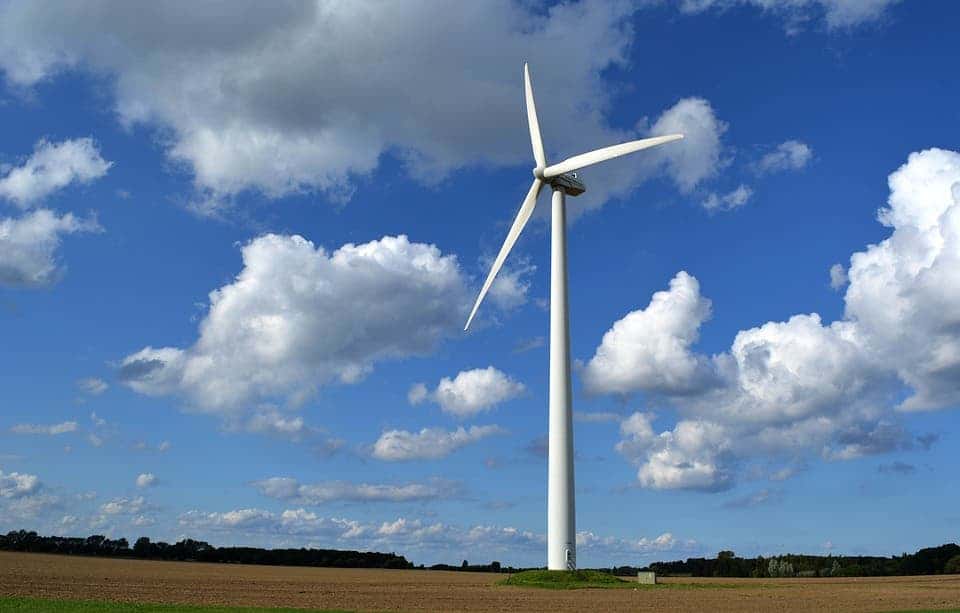Siestas and windmills are a natural pairing in my book.

Spain’s government has announced an ambitious plan: the country’s grid will go fully-renewable by 2050. This radical de-carbonization of its economy over the next 30 years will reduce its greenhouse emissions by a whopping 90% (as compared to 1990 levels).
Poder verde
The plan comes as part of Spain’s draft climate change and energy transition law. The current government is committed to installing at least 3,000 megawatts of wind and solar energy, per year, for the next 10 years. It’s a monumental undertaking.
Officials also stated that they’ll ban new licenses for fossil fuel drills, hydrocarbon exploitations, and fracking wells. One-fifth of the state budget will also be earmarked for measures that will curb climate change. This sum will increase from 2025 onwards.
The Spanish government has also scrapped a controversial “sun tax” that hampered the country’s booming renewable energy sector.
The draft law is “an excellent example of the Paris agreement,” says former executive secretary of the UN’s framework convention on climate change (UNFCCC) Christiana Figueres. “It sets a long-term goal, provides incentives on scaling up emissions technologies and cares about a good transition for the workforce.”
Writing for The Guardian, Arthur Neslen says “just transition” contracts are planned to shut down most of Spain’s coal exploitations — the government’s offer includes early retirement packages, training for clean energy jobs, and environmental restoration.
Absolutely no mention of washing coal to clean it up. Surprising, huh?
Funds for all these planned projects will be sourced (at least in part) from the sale of emissions rights, which the government plans to set for auction.
The new law mandates the Kingdom of Spain to reach a 35% electricity share for green energy by 2030. A 35% increase in energy efficiency is also planned by that year. Officials also said that government and public sector authorities will only be allowed to lease buildings that are close to being energy self-sufficient.
However, Spain’s government isn’t particularly well-entrenched and thus will need to rely on votes from their opposition to pass the bill. I hope they succeed — fingers crossed.






